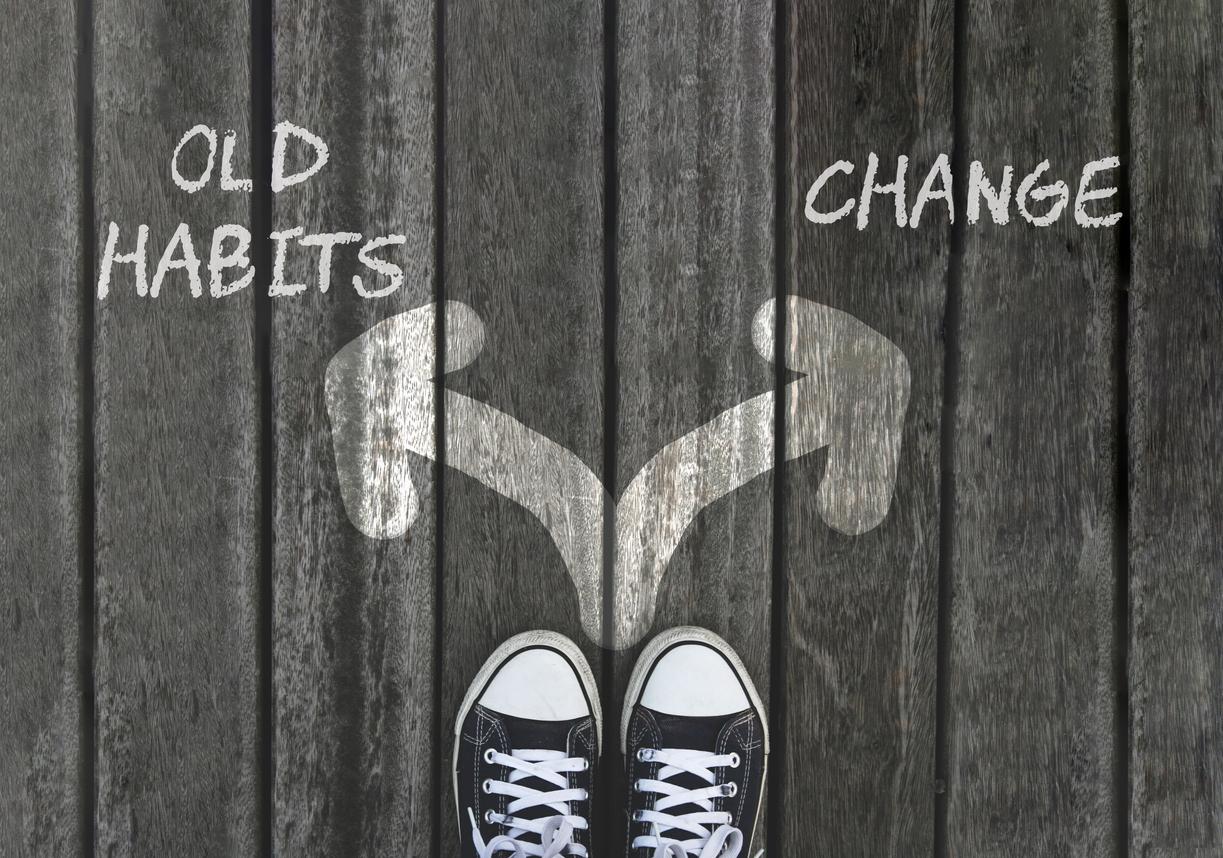
Healthy Conversation with Professor of Eating Disorders Eric van Furth
When you think of eating disorders, do you immediately think of anorexia nervosa? This is indeed the most well-known eating disorder, but certainly not the most common. Binge eating disorder and ARFID are much more common, but these disorders are not always recognized and treated. In this conversation Eric van Furth talks about eating disorders. He is director of the Ursula Eating Disorders Center and professor by special appointment of Eating Disorders at the Leiden University Medical Center.
Binge Eating Disorder and ARFID
The most common eating disorder in the Netherlands is the binge eating disorder. This involves recurring binge eating, in which large amounts of food are eaten. During the binge it feels like the control is gone, there is an irresistible urge to eat. The binge eating occurs several times a week, or sometimes even several times a day. The result is weight gain. Eric van Furth: “There are many people in the Netherlands who suffer from these binge eating, but who do not know that this is an eating disorder. Seek help if you are ashamed of your binge eating, if you hide them from your environment and if you suffer from mental or physical distress.”
ARFID
ARFID is the abbreviation for Avoidant/Restrictive Food Intake Disorder. In the Netherlands it is also called restrictive food intake disorder. This eating disorder avoids certain foods, such as vegetables, or foods that are green or red in color. Over time, more and more foods are avoided. As a result, the diet eventually becomes very one-sided and therefore deficient and unhealthy. It is also possible that there is difficulty with chewing or swallowing, as a result of which one eats too little. ARFID occurs mainly in young children, but teenagers and adults can also suffer from it.
An eating disorder takes all the energy
Then there are the eating disorders Anorexia nervosa, in which very little is eaten and severe weight loss occurs. And Bulimia nervosa, in which binge eating is alternated with fasting, vomiting, laxatives or excessive exercise. Characteristic of all these disorders is that they have a great effect on life, says Van Furth: “People with an eating disorder constantly think about eating or not eating. What will the next meal be, how can they eat – or not eat – without that the environment notices, how can they move a lot or withdraw to vomit? It takes a lot of energy to have an eating disorder, it controls the entire life. People with an eating disorder are often unable to participate in ‘normal life’ Things like studying, getting into a relationship, living independently: everything comes to a standstill because of the eating disorder. This is also why I have been treating people with eating disorders for years. These are conditions that often affect young people, sometimes even children. wants to help these people to participate in life again as soon as possible.”
Current issues
Scientists have not yet discovered exactly what causes an eating disorder. It is probably a combination of genetic predisposition, plus environmental factors. Van Furth: “Usually there is a problem that underlies the eating disorder. For example, people are anxious or gloomy, perfectionistic or have autism. The eating disorder generally serves to dampen and suppress unpleasant feelings. If the eating behavior improves , the original problems and emotions come to the surface again. In fact, the treatment really starts then. I therefore prefer to call it the present problems than the underlying problems.”
The treatment
Eating disorders are usually treated with cognitive behavioral therapy, sometimes in groups, sometimes in the family, and sometimes individually. In severe problems, treatment can take years. Van Furth has almost forty years of experience in the treatment of eating disorders: “A lot has changed. We used to work with rewards and punishments, especially during admission. Only when someone went to eat were freedoms allowed, such as going outside or receiving visitors. Thank God we no longer do this. The therapist is now much more next to the person with the eating disorder, we determine the policy together.”
Not everyone with an eating disorder can fully recover. The eating disorder becomes chronic in about thirty to forty percent of patients. Sometimes one suffers from serious physical consequences, and sometimes one can even die from it.
Ask for help and start the conversation
The sooner the eating disorder is noticed, the better, says Van Furth: “If you suspect that you or your child have an eating disorder, see your doctor as soon as possible. And if you see a friend struggling with food or weight , then definitely start the conversation. It is always good to discuss it, even if your boyfriend or girlfriend may deny it at first. Offer a listening ear, your support and attention. In the end this will help to recognize the problem. “
You can listen to the podcast about eating disorders below.















